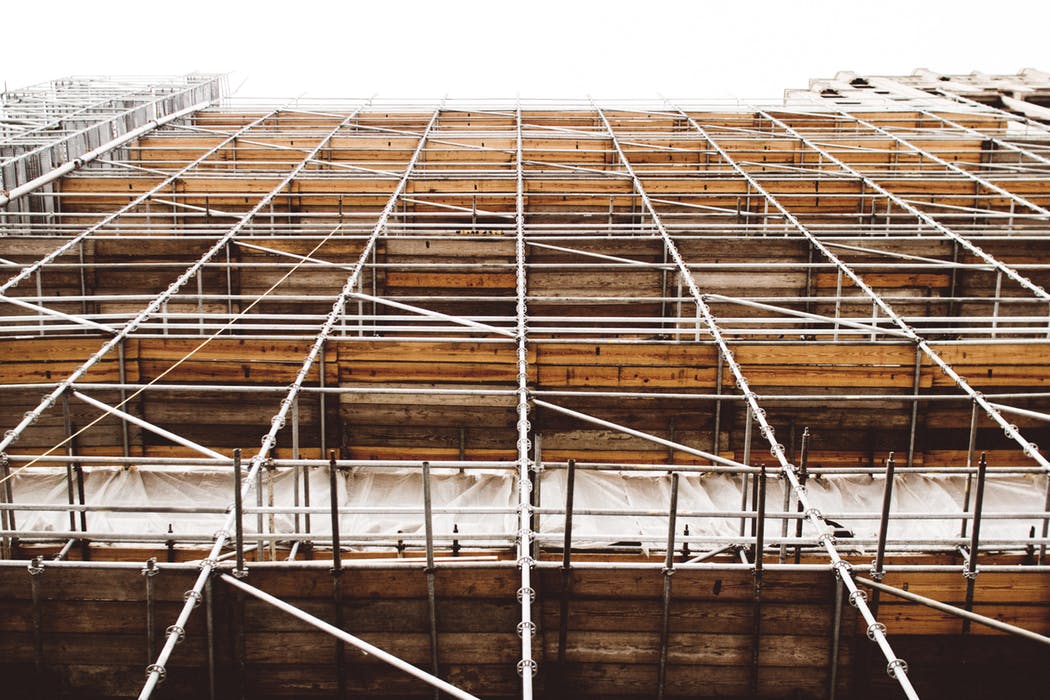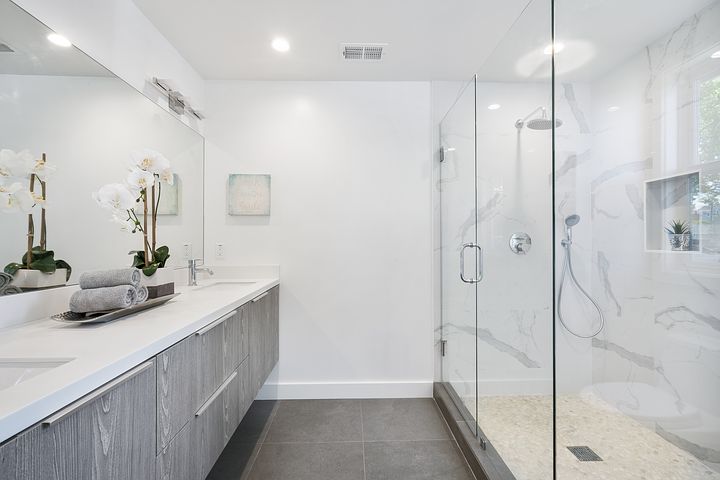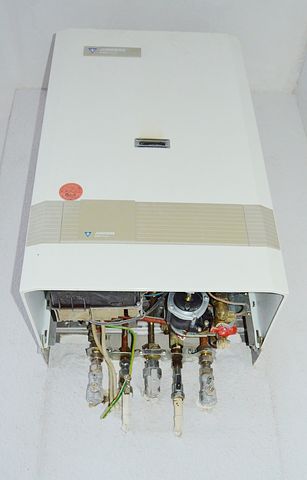How an Experienced Divorce Lawyer in Sydney Achieves Quality Outcomes
Experience counts for a lot in the legal fraternity, particularly for a professional who has earned their niche as a divorce lawyer in Sydney.
O’Sullivan Legal has experts that are able to manage tense and fraught situations with the utmost care and diligence, removing all of the emotion from the equation and acquiring an agreement that protects their client and their family in the process.
Each solicitor from O’Sullivan Legal has their own unique approach, but those seasoned professionals do come to the table with an edge over their counterparts.
Extensive Investigating
An experienced divorce lawyer from O’Sullivan Legal cannot win any matter or achieve ideal outcomes without obtaining key forms of evidence. This requires an exercise of extensive investigation, using paralegal experts as aids to source documentation, police reports, work references, credit scores, driving records and other forms that helps to paint a picture of the client and the other spouse. Once they can establish strengths and weaknesses of both parties, they can work off a foundation of credibility and create a proactive plan from that point.
Gauging Client’s State of Mind
A case cannot go forward in good faith if the client is not in the right frame of mind. They will have to be present for certain hearings and mediating talks, meaning that the responsibility lies with the divorce lawyer in Sydney to have the spouse in a sound frame of mind. If there is aggressive or dismissive behaviour on their part where anger, jealousy or depression takes hold, that can place the remainder of the matter in jeopardy. Practitioners in this instance will often refer a mental health colleague to attack the problem at the source so an agreement can progress.
Mediating With All Parties
The art of mediation and negotiation is fundamental with an experienced divorce lawyer in Sydney. In a vast majority of cases there won’t need to be a formal courtroom hearing where serious litigation takes place. It will simply be an environment where both parties come to the table in good faith as terms can be agreed upon. To obtain that best case scenario outcome, solicitors will try and identify some concessions that illustrates their capacity to work in good faith. Yet the olive branch might have to be complimented with a stick, using some evidence as leverage when there is child custody, property or a valued family asset at stake.
Leveraging Opposition Weaknesses
If a divorce lawyer in Sydney has to be sourced in the first place, there is a chance that the other spouse has not be acting in good faith or they have made threats or actions that constitute legal action. If that is the law of the land, then an experienced practitioner will attempt to find weaknesses in their status that can provide leverage during a hearing. This can arrive in the form of a complaint at work to a case of misconduct, a poor credit score or some form of evidence that would persuade a judge as to the merits of their argument over the opposition. It is always unfortunate that these matters become confrontational and whilst it will be a last resort maneuver, it can be used to achieve a suitable outcome for the client.
Working Diligently With Key Stakeholders
Outside of the clients who are attempting to settle and reach an agreement on terms, an experienced divorce lawyer in Sydney will mainly be dealing with opposition counsel and a judge who will preside over the case. Whilst inexperienced professionals won’t be aware of their approach and their preferences for behaviour and court conduct, their more seasoned counterparts will be able to negotiate these stakeholders with greater ease. Those preexisting relationships are not a case of a conflict of interest, just a means of understanding how they respond to certain actions.



 Why you should avoid buying too large
Why you should avoid buying too large